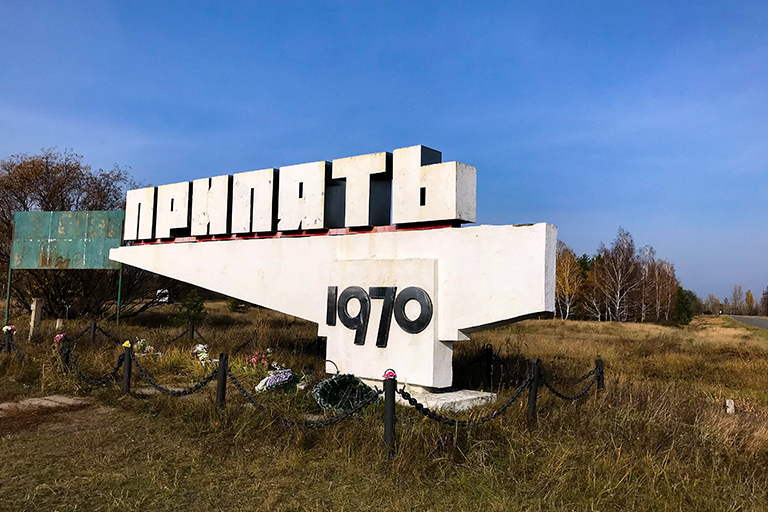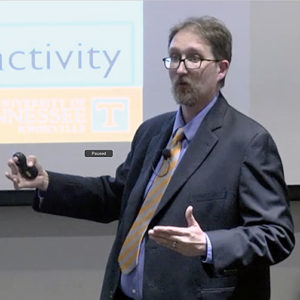Professor Steve Skutnik addresses accuracies and fallacies in the hit HBO miniseries.

Associate Professor Steve Skutnik recently addressed what was fact and fiction in the HBO miniseries Chernobyl in a public lecture entitled “Chernobyl: Fallout, Facts, and Fiction” hosted by the Department of Physics and Astronomy on UT’s campus.
 The infamous disaster at the Chernobyl plant in 1986 is the worst nuclear accident in history, both in terms of contamination and cleanup costs. However, like most good television, certain parts of the story were embellished for dramatic effect.
The infamous disaster at the Chernobyl plant in 1986 is the worst nuclear accident in history, both in terms of contamination and cleanup costs. However, like most good television, certain parts of the story were embellished for dramatic effect.
He said the dramatic presentation of the accident sequence in the final episode was one of the clearest layperson explanations he’s seen explaining how these types of reactor feedback effects work—something that is important especially for nuclear engineering students to know.
This explanation became a useful starting point for Skutnik to discuss with a public audience how reactors work, including some of the inherent safety features of Western light water reactor designs and how these differ from the Soviet design.
“The show is a compelling drama—the characters and the settings truly draw you in, and they make for an excellent jumping-off point for discussing some of the real physics of how the Chernobyl disaster occurred,” Skutnik said.
—Steve Skutnik
In his hour-long presentation, Skutnik shined a light on how the show presented nuclear physics, radiation effects, how the accident occurred, and what prevents a similar accident from occurring in American reactors. Skutnik says that while some of the quotes and special effects were clearly played up for dramatic effect, he was equally surprised by what they got right, especially in terms of how some of the inherent features of the Chernobyl reactor design (the RBMK) contributed to the accident itself.
“Getting folks to understand the difference between these types of designs—and why US reactors cannot experience the same type of horrific accident as that seen in Chernobyl—is critically important, especially as we talk about the next generation of advanced reactor designs,” said Skutnik.
The presentation was livestreamed on the American Nuclear Society’s Facebook page.
Watch Skutnik’s presentation.